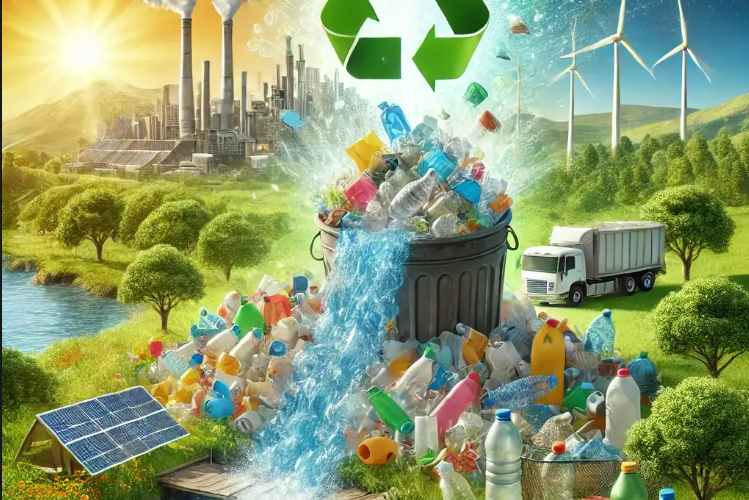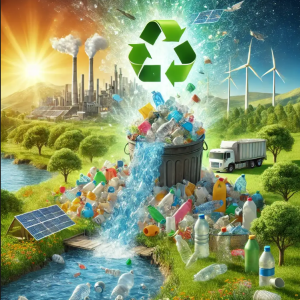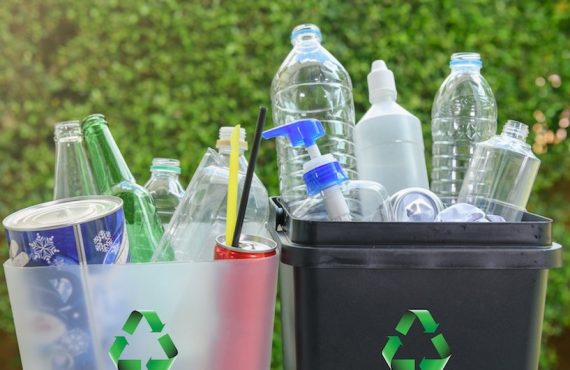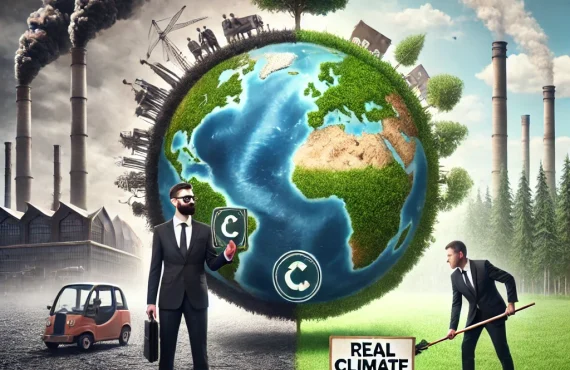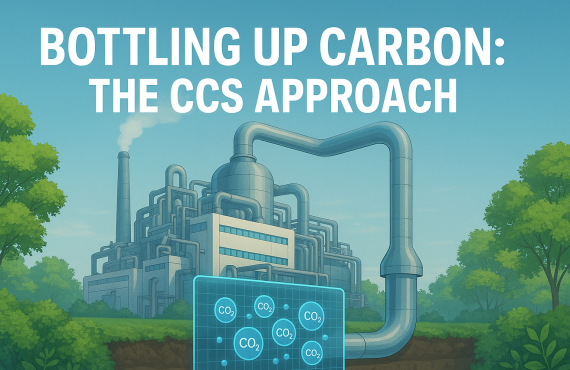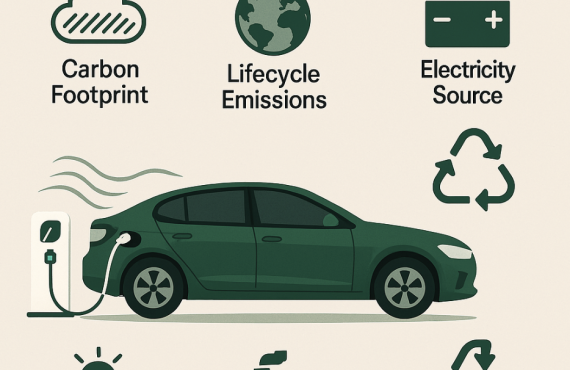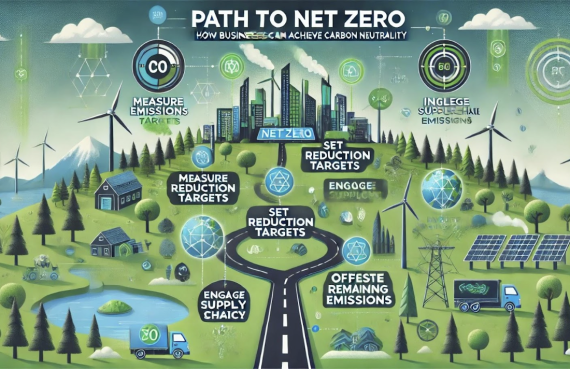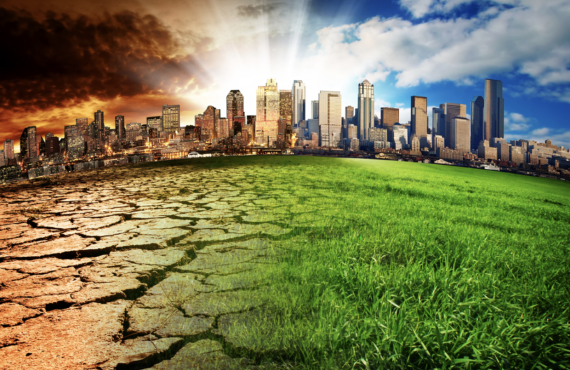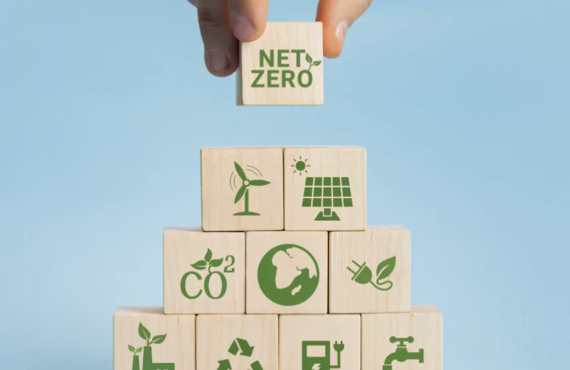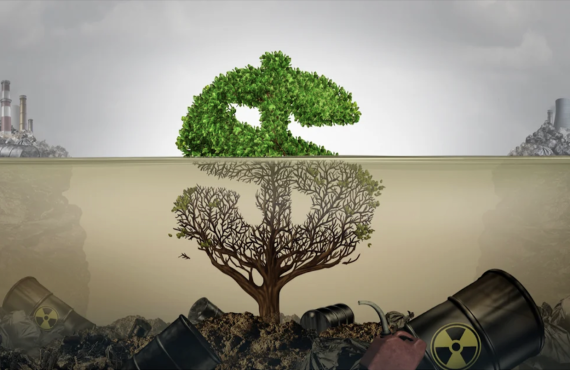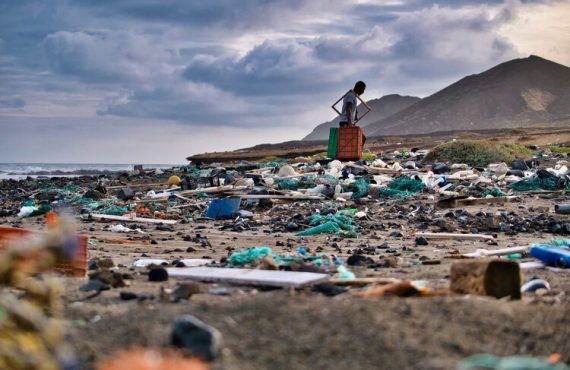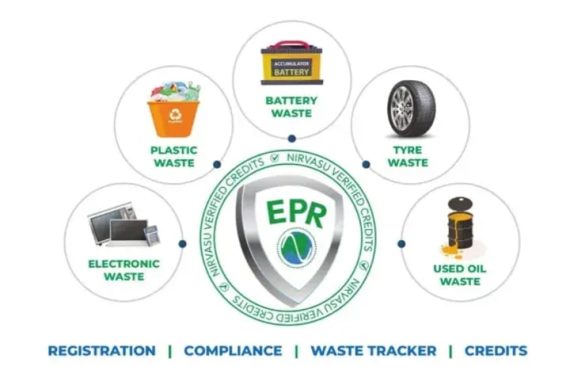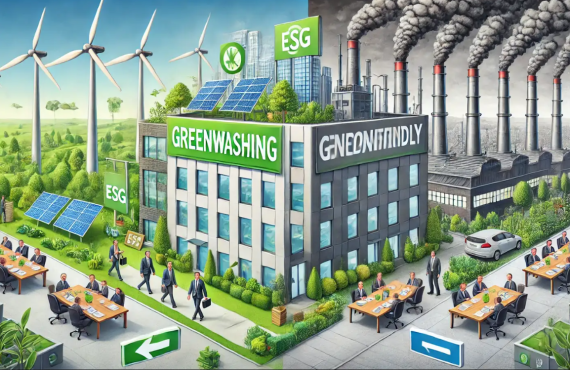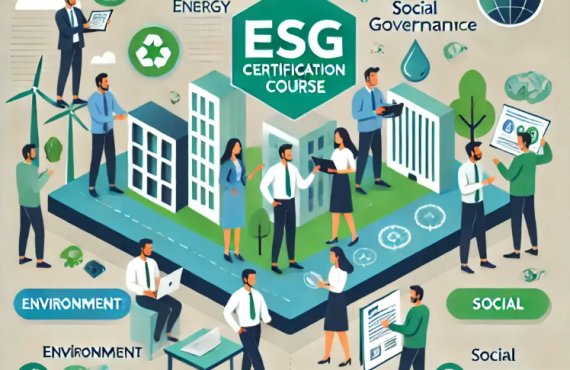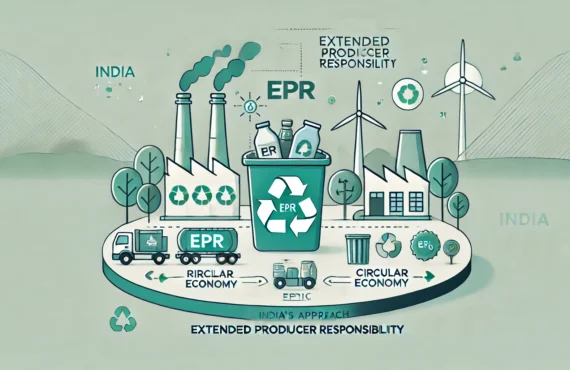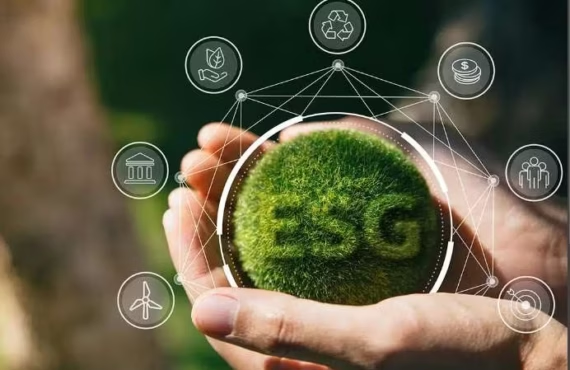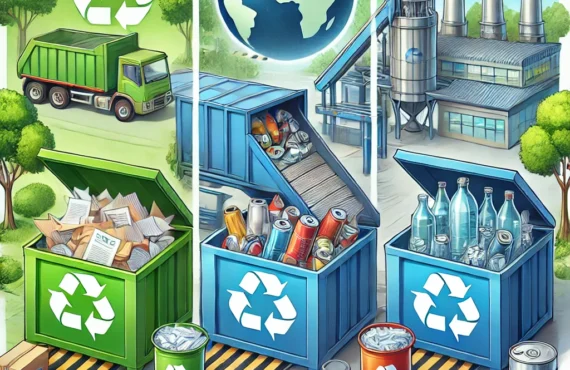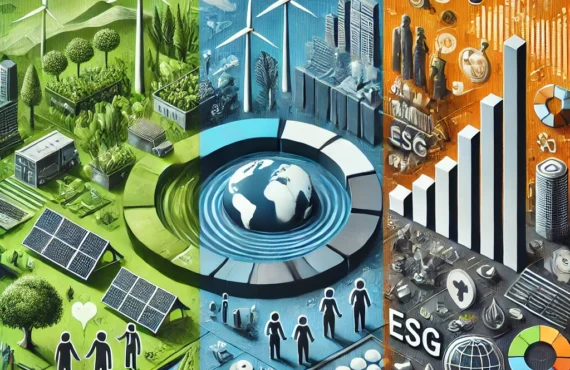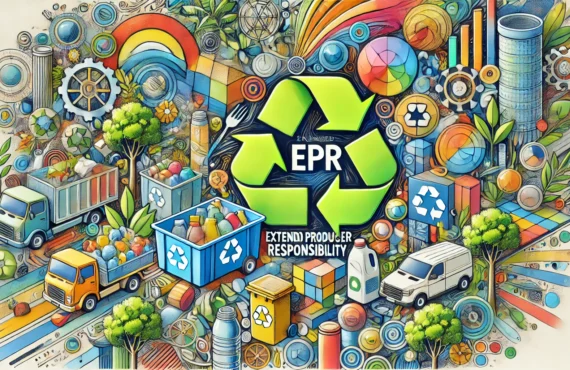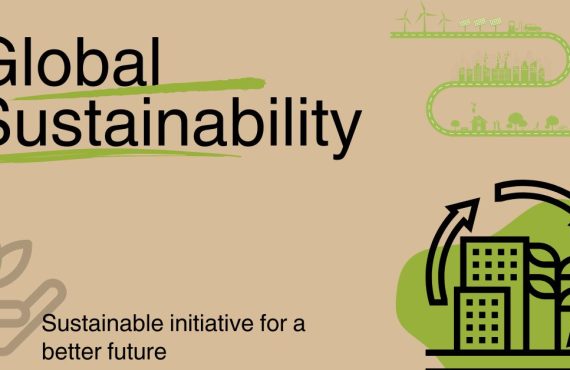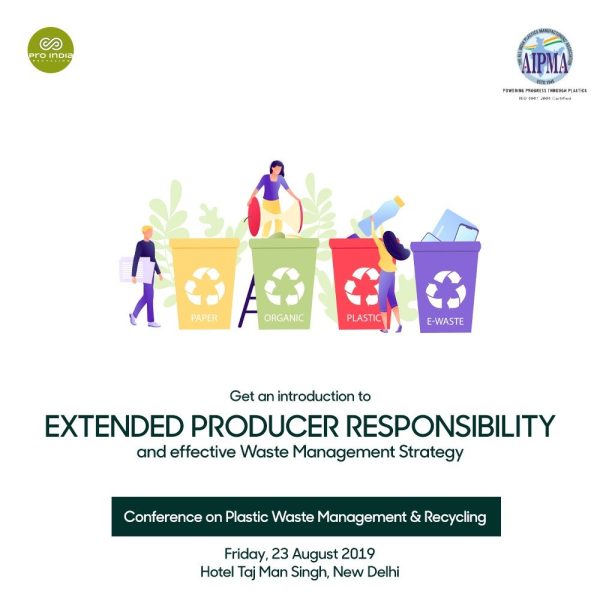The Need for EPR in Addressing the Plastic Waste Crisis
EPR: The plastic waste crisis is one of the most urgent environmental challenges of our time. Every year, the world produces over 300 million tons of plastic, much of which ends up polluting our oceans, landfills, and natural habitats. The long lifespan of plastic means that much of this waste remains in the environment for hundreds of years, causing irreparable damage to ecosystems and wildlife. Microplastics are entering the food chain, and the harmful effects on both marine life and human health are becoming more apparent every day.
Traditional waste management systems are proving inadequate in dealing with the growing volumes of plastic waste. That’s where Extended Producer Responsibility comes in—a game-changing policy that shifts the responsibility for managing plastic waste from local governments to the producers themselves. By holding producers accountable for the entire lifecycle of their products, including the end-of-life stage, EPR encourages them to adopt more sustainable packaging solutions, improve recycling rates, and reduce the overall environmental impact of their products.
To know its rules click here :
How EPR Works
EPR policies promote a circular economy by focusing on the entire lifecycle of a product—from design to disposal. The key principles include:
- Producer Responsibility: Companies manage the collection, recycling, and disposal of post-consumer waste.
- Eco-Friendly Design: Producers are incentivized to develop sustainable packaging and recyclable products.
- Collaboration: Governments, producers, and consumers work together to combat the plastic waste crisis.
These measures ensure that producers take ownership of their impact on the environment, leading to improved systems for plastic recycling.
Global Success Stories
Several countries have successfully implemented EPR to combat the plastic waste crisis:
- European Union: The EU’s EPR policies have significantly increased plastic recycling rates, contributing to a robust circular economy.
- Japan: A leader in recycling, Japan achieves an 84% recycling rate for PET bottles, driven by its EPR initiatives.
- India: With mandatory EPR regulations, India is tackling its growing plastic pollution problem by holding producers accountable.
These examples demonstrate how EPR can be a cornerstone of environmental responsibility, fostering sustainability on a global scale.
Challenges in Implementing EPR
Despite its potential, EPR faces several challenges:
- Lack of Infrastructure: Many regions do not have adequate facilities for plastic recycling.
- Regulatory Complexity: Companies struggle to navigate varied EPR laws across countries.
- Consumer Awareness: Educating the public about proper waste disposal is crucial for EPR’s success.
Overcoming these hurdles will require investments in technology, stronger regulations, and a collective commitment to tackling the plastic waste crisis.
EPR and the Future of Sustainability
EPR is a vital tool in achieving a sustainable future. By promoting plastic recycling and reducing waste, it supports the goals of a circular economy and aligns with global environmental responsibility initiatives. Emerging innovations like AI-driven recycling systems and biodegradable plastics offer exciting opportunities to enhance its effectiveness.
As producers embrace EPR, they contribute not only to reducing plastic waste but also to preserving the planet for future generations.
The plastic waste crisis is one of the most urgent environmental challenges of our time. Every year, the world produces over 300 million tons of plastic, much of which ends up polluting our oceans, landfills, and natural habitats. The long lifespan of plastic means that much of this waste remains in the environment for hundreds of years, causing irreparable damage to ecosystems and wildlife. Microplastics are entering the food chain, and the harmful effects on both marine life and human health are becoming more apparent every day.
Traditional waste management systems are proving inadequate in dealing with the growing volumes of plastic waste. That’s where Extended Producer Responsibility comes in—a game-changing policy that shifts the responsibility for managing plastic waste from local governments to the producers themselves. By holding producers accountable for the entire lifecycle of their products, including the end-of-life stage, EPRs encourages them to adopt more sustainable packaging solutions, improve recycling rates, and reduce the overall environmental impact of their products.
How EPR Works
EPR policies promote a circular economy by focusing on the entire lifecycle of a product—from design to disposal. The key principles include:
- Producer Responsibility: Companies manage the collection, recycling, and disposal of post-consumer waste.
- Eco-Friendly Design: Producers are incentivized to develop sustainable packaging and recyclable products.
- Collaboration: Governments, producers, and consumers work together to combat the plastic waste crisis.
These measures ensure that producers take ownership of their impact on the environment, leading to improved systems for plastic recycling.
Global Success Stories
Several countries have successfully implemented to combat the plastic waste crisis:
- European Union: The EU’s EPR policies have significantly increased plastic recycling rates, contributing to a robust circular economy.
- Japan: A leader in recycling, Japan achieves an 84% recycling rate for PET bottles, driven by its EPR initiatives.
- India: With mandatory EPR regulations, India is tackling its growing plastic pollution problem by holding producers accountable.
These examples demonstrate how EPR can be a cornerstone of environmental responsibility, fostering sustainability on a global scale.
Challenges in Implementing EPR
Despite its potential, EPR faces several challenges:
- Lack of Infrastructure: Many regions do not have adequate facilities for plastic recycling.
- Regulatory Complexity: Companies struggle to navigate varied EPR laws across countries.
- Consumer Awareness: Educating the public about proper waste disposal is crucial for its success.
Overcoming these hurdles will require investments in technology, stronger regulations, and a collective commitment to tackling the plastic waste crisis.
EPR and the Future of Sustainability
EPR is a vital tool in achieving a sustainable future. By promoting plastic recycling and reducing waste, it supports the goals of a circular economy and aligns with global environmental responsibility initiatives. Emerging innovations like AI-driven recycling systems and biodegradable plastics offer exciting opportunities to enhance its effectiveness.
As producers embrace EPR, they contribute not only to reducing plastic waste but also to preserving the planet for future generations.


